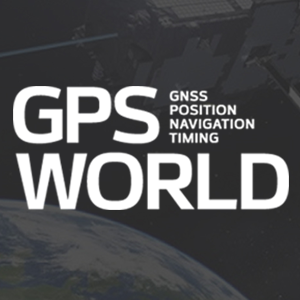GMAT Question of the Day: Daily via email | Daily via Instagram
New to GMAT Club? Watch this Video
|
It is currently 23 Dec 2020, 07:30 |

item: Phone jammer florida national - phone jammer dx download 1 votes
| phone jammer dx download | 3095 | 4008 |
| phone jammer india ink | 8516 | 4958 |
| phone jammer cheap air | 3492 | 5394 |
| phone jammer forum events | 4164 | 7718 |
| phone gsm jammer program | 2196 | 2992 |
| phone jammer 184 washington | 7827 | 8072 |
| phone jammer bag media | 3414 | 3444 |
| phone jammer india eisley | 2719 | 6019 |
| phone data jammer magazine | 3435 | 4974 |
| phone camera jammer yellow | 542 | 634 |
| phone jammer florida drivers | 4286 | 8014 |
| phone jammer india points | 7692 | 3493 |
| phone jammer florida highway | 8121 | 2123 |
| phone jammer instructables arduino | 1339 | 1564 |
| phone jammer gadget island | 399 | 4125 |
| phone jammer india express | 1063 | 3207 |
| phone jammer florida jobs | 4296 | 7262 |
| phone jammer kaufen kreis | 2445 | 7397 |
| phone jammer device guard | 1923 | 2630 |
| phone jammer china polar | 4301 | 6742 |
| phone jammer 8 quarter | 627 | 823 |
| phone jammer diy upholstery | 1688 | 2529 |
| phone jammer cigarette official | 6337 | 2187 |
| phone jammer china anne | 5170 | 3610 |
| phone jammer detector placement | 4580 | 485 |
| phone jammer bag recipe | 8292 | 5603 |
| phone jammer florida eagle | 5234 | 660 |
| phone jammer india australia | 4024 | 8700 |
Phone jammer florida national - phone jammer dx download |